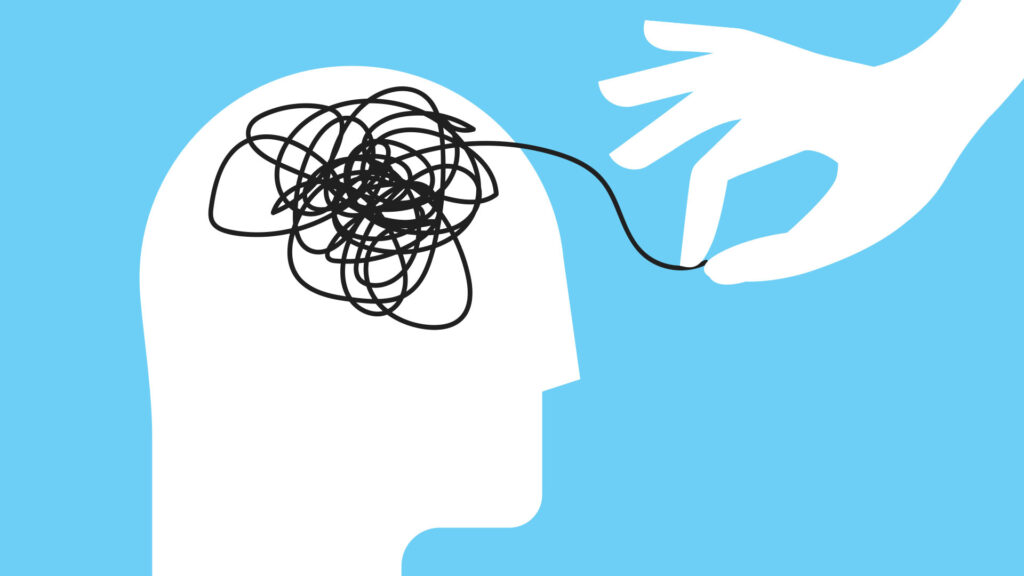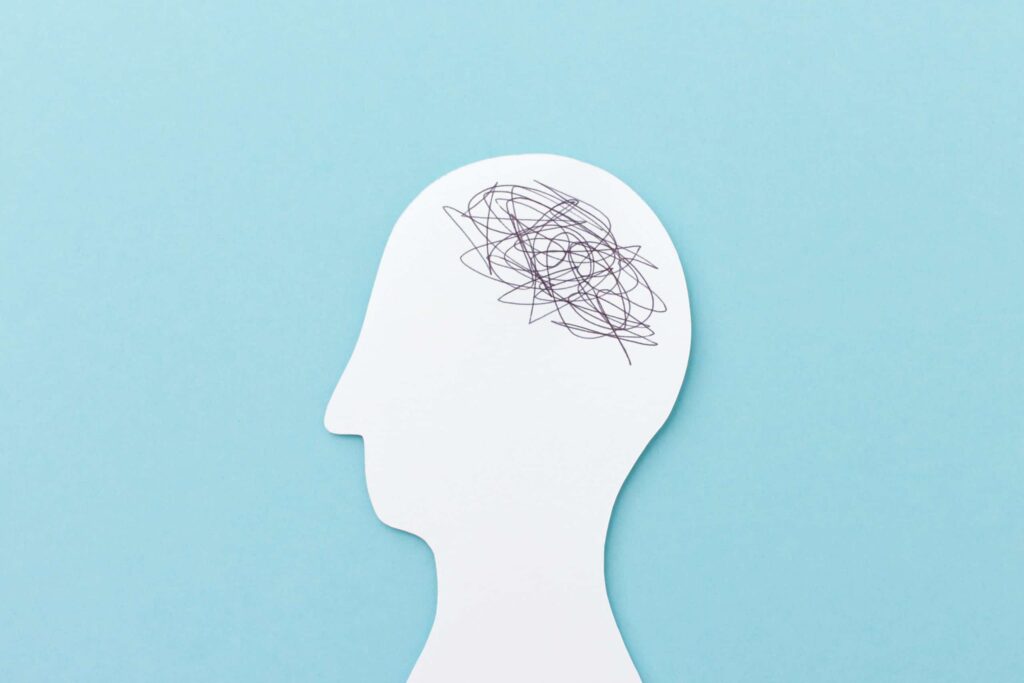Mental health has emerged as one of the most critical public health issues of our time, especially in the wake of global events like the COVID-19 pandemic and ongoing socioeconomic uncertainties. As we navigate 2025, understanding mental health involves recognizing it not just as the absence of illness but as a fundamental component of overall well-being. This article delves into the multifaceted world of mental health, exploring definitions, disorders, influences, prevention, treatment, stigma, life-stage variations, technological advancements, and global perspectives. Drawing on the latest data and insights, it aims to provide a comprehensive guide for individuals, communities, and policymakers.
What is Mental Health?
Definition and Key Concepts
Mental health is defined as a state of mental well-being that enables people to cope with life’s stresses, realize their abilities, learn and work effectively, and contribute to their community. It encompasses emotional, psychological, and social well-being, influencing how we think, feel, and act. Unlike physical health, which often manifests visibly, mental health operates on a spectrum—from optimal functioning to severe impairment. The World Health Organization emphasizes that mental health has intrinsic value and is integral to human rights, underscoring its role beyond mere productivity.
In 2025, mental health is increasingly viewed through a holistic lens, integrating biological, environmental, and social factors. It’s not static; it fluctuates throughout life due to experiences like trauma, relationships, and societal changes. For instance, positive mental health fosters resilience, creativity, and empathy, while poor mental health can lead to distress, impaired functioning, or self-harm.
Importance in Modern Society
The importance of mental health cannot be overstated, as it affects every aspect of life, from personal relationships to economic productivity. Globally, mental disorders account for 1 in 6 years lived with disability, and individuals with severe conditions often die 10-20 years earlier than the general population due to associated physical health issues and suicide risks. In the United States, nearly 1 in 5 adults experiences mental illness annually, highlighting its pervasive impact.
Economically, the burden is staggering: productivity losses from mental health issues far exceed direct treatment costs. In workplaces, mental health concerns lead to absenteeism, reduced performance, and high turnover. A 2025 poll revealed that many employees support coworkers’ mental health needs, yet barriers like stigma persist. Prioritizing mental health promotes societal stability, innovation, and equity, making it essential for sustainable development.
Global Burden and Statistics
Prevalence of Mental Health Conditions
As of 2025, mental health conditions affect nearly 14% of the global population, or about 970 million people, with anxiety and depression being the most prevalent. In the U.S., an estimated 57.8 million adults had a mental illness in 2024, with only 43% receiving care. Worldwide, 1 in 5 adults experiences mental illness each year, and 1 in 20 faces serious mental illness.
Youth are particularly vulnerable: 1 in 6 U.S. youth have a mental health disorder, and trends in 2025 indicate rising concerns like anxiety and depression among adolescents. Suicide remains a leading cause of death, with over 12 million U.S. adults reporting serious suicidal thoughts. Gender differences are notable; depression prevalence is higher in females (16%) than males (10.1%), decreasing with age.
Economic and Social Impact
The global economic toll includes trillions in lost productivity annually. In workplaces, issues like burnout and stress vary by country. Socially, mental health intersects with inequalities: poverty, violence, and discrimination heighten risks. The COVID-19 era exacerbated these, with increased reports of anxiety and depression in youth.
Common Mental Health Disorders
Anxiety Disorders
Anxiety disorders, affecting millions, involve excessive fear or worry that disrupts daily life. Common types include generalized anxiety disorder, panic disorder, and social anxiety. Symptoms include restlessness, rapid heartbeat, and avoidance behaviors. In 2025, anxiety tops global mental health concerns, alongside depression.
Depression
Depression is characterized by persistent sadness, loss of interest, and physical symptoms like fatigue. It affects work, relationships, and health, increasing suicide risk. Globally, it’s a leading cause of disability, with higher rates in women and decreasing with age.

Bipolar Disorder
Bipolar disorder features extreme mood swings from mania to depression. Manic episodes involve high energy and risky behavior, while depressive phases mirror major depression. Treatment often combines medication and therapy.
Schizophrenia
Schizophrenia involves hallucinations, delusions, and disorganized thinking, typically emerging in young adulthood. It affects about 1% globally, with significant disability. Early intervention improves outcomes.
Other Disorders
Eating disorders like anorexia and bulimia involve distorted body image and harmful behaviors. Substance use disorders often co-occur with mental illness, affecting many adults. These disorders highlight the need for tailored approaches.
Factors Influencing Mental Health
Biological and Genetic Factors
Genetics play a role, with family history increasing risks for disorders like depression. Brain chemistry imbalances, such as serotonin levels, contribute.
Psychological Factors
Trauma, stress, and coping styles influence mental health. Resilience-building can mitigate risks.
Social and Environmental Factors
Poverty, inequality, and violence heighten vulnerability. Community support and structural changes are protective.
Signs and Symptoms of Mental Health Issues
Recognizing signs is crucial: emotional (sadness, irritability), physical (insomnia, appetite changes), behavioral (withdrawal, substance abuse), and cognitive (concentration difficulties). Early detection prevents escalation.
Prevention Strategies
Promoting Mental Well-Being
Prevention emphasizes primary strategies targeting risk factors. Actions include talking about feelings, sleeping well, eating healthily, staying active, and practicing mindfulness.
Community and Policy Interventions
Community programs strengthen resilience through exercise, nutrition, and green spaces. Action plans focus on governance, community care, and research. Evidence supports interventions like school-based programs and workplace wellness.
Treatment Options
Psychotherapy and Counseling
Psychotherapy, including cognitive behavioral therapy and dialectical behavior therapy, addresses thought patterns and is effective for many disorders. It’s often paired with medication for optimal recovery.
Medication
Antidepressants, antipsychotics, and mood stabilizers manage symptoms. Research shows treatment enables productive lives.
Alternative and Supportive Treatments
Support groups, electroconvulsive therapy, yoga, and brain stimulation offer options. Inpatient or residential care provides intensive support.
Addressing Mental Health Stigma
Understanding Stigma
Stigma leads to discrimination, preventing help-seeking. It manifests as self-doubt or societal judgment.
Strategies to Reduce It
Fight stigma by talking openly, educating others, using mindful language, and promoting equality between physical and mental health. Social contact reduces prejudice. In low- and middle-income countries, addressing access and attitudes is key.

Mental Health Across Life Stages
Childhood and Adolescence
Rapid brain development makes this stage critical; factors like family and school influence outcomes. Common issues include anxiety and behavioral disorders.
Adulthood
Work, relationships, and transitions like parenthood affect mental health. Loneliness and stress are prevalent.
Older Adulthood
Aging brings risks like isolation and cognitive decline, but resilience can protect.
The Role of Technology in Mental Health
Emerging Tools and Apps
In 2025, technology reshapes care: apps for symptom tracking, virtual reality for therapy, and artificial intelligence for assessments. Mental health apps aid management but raise privacy concerns.
Benefits and Challenges
Digital tools enhance access and prevention, but effectiveness varies. AI supports initial interventions, complementing human care.
Global Perspectives on Mental Health
Variations Across Regions
Global mental health addresses inequities, with developing nations facing higher burdens due to limited resources. Surveys highlight comorbidities with physical health.
International Efforts
Initiatives aim for universal coverage. Social change integrates mental health with climate and gender equity.
Conclusion
Mental health in 2025 demands collective action: reducing stigma, enhancing access, and leveraging technology. By prioritizing prevention and treatment, we can foster a world where mental well-being is achievable for all. Seeking help is a strength—resources like hotlines and apps are readily available. Together, we can transform mental health from a challenge into a cornerstone of human flourishing.